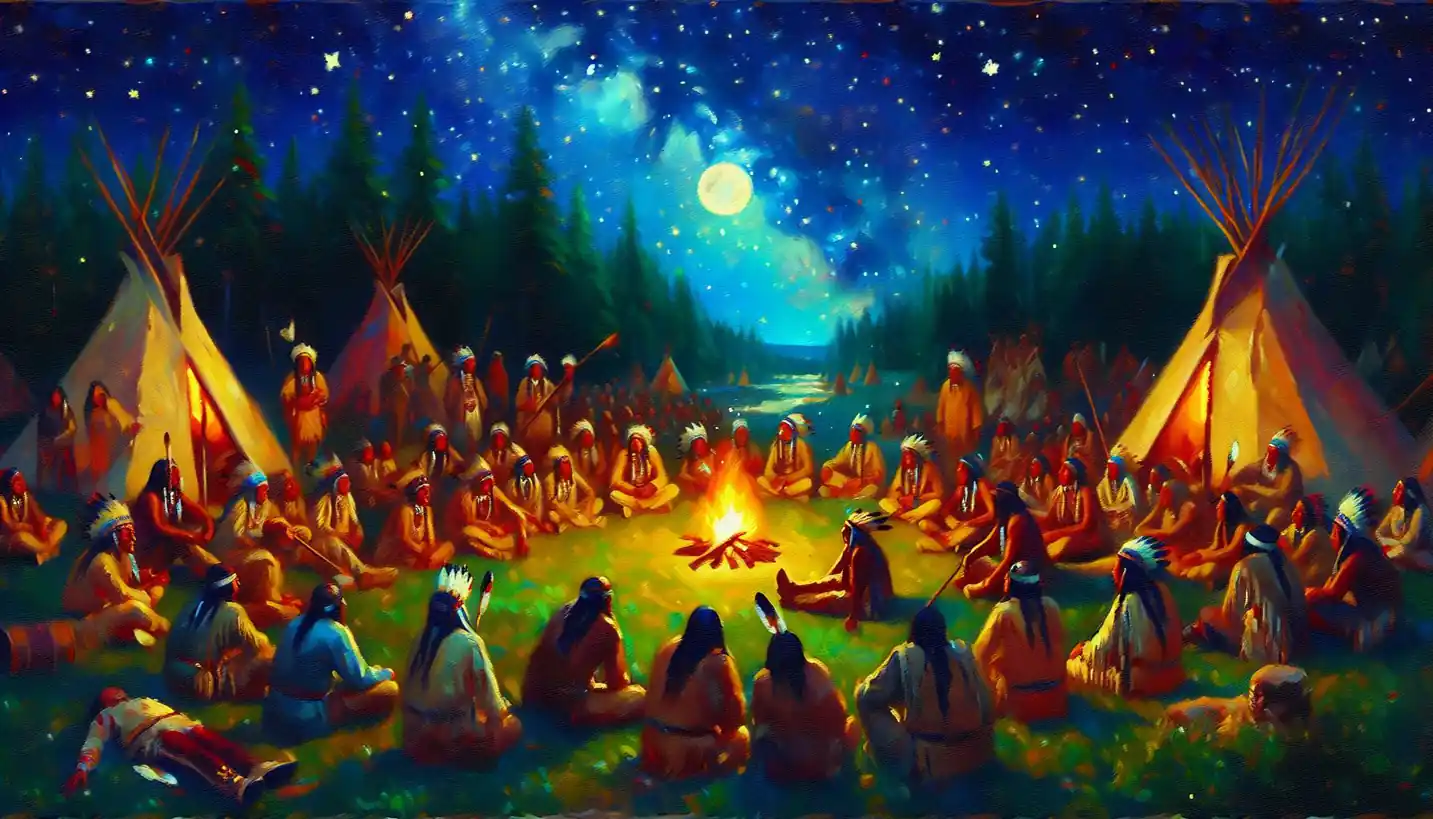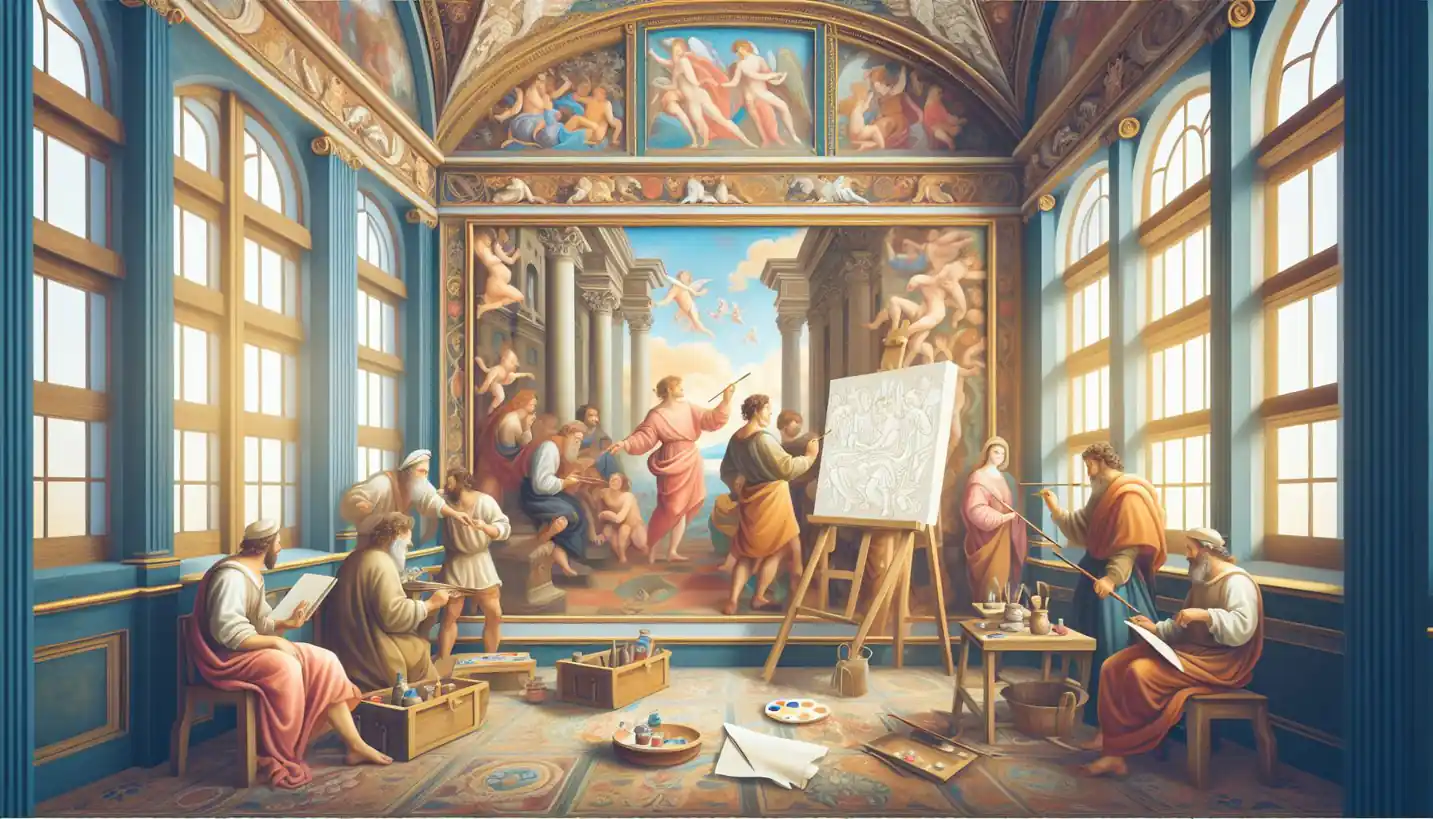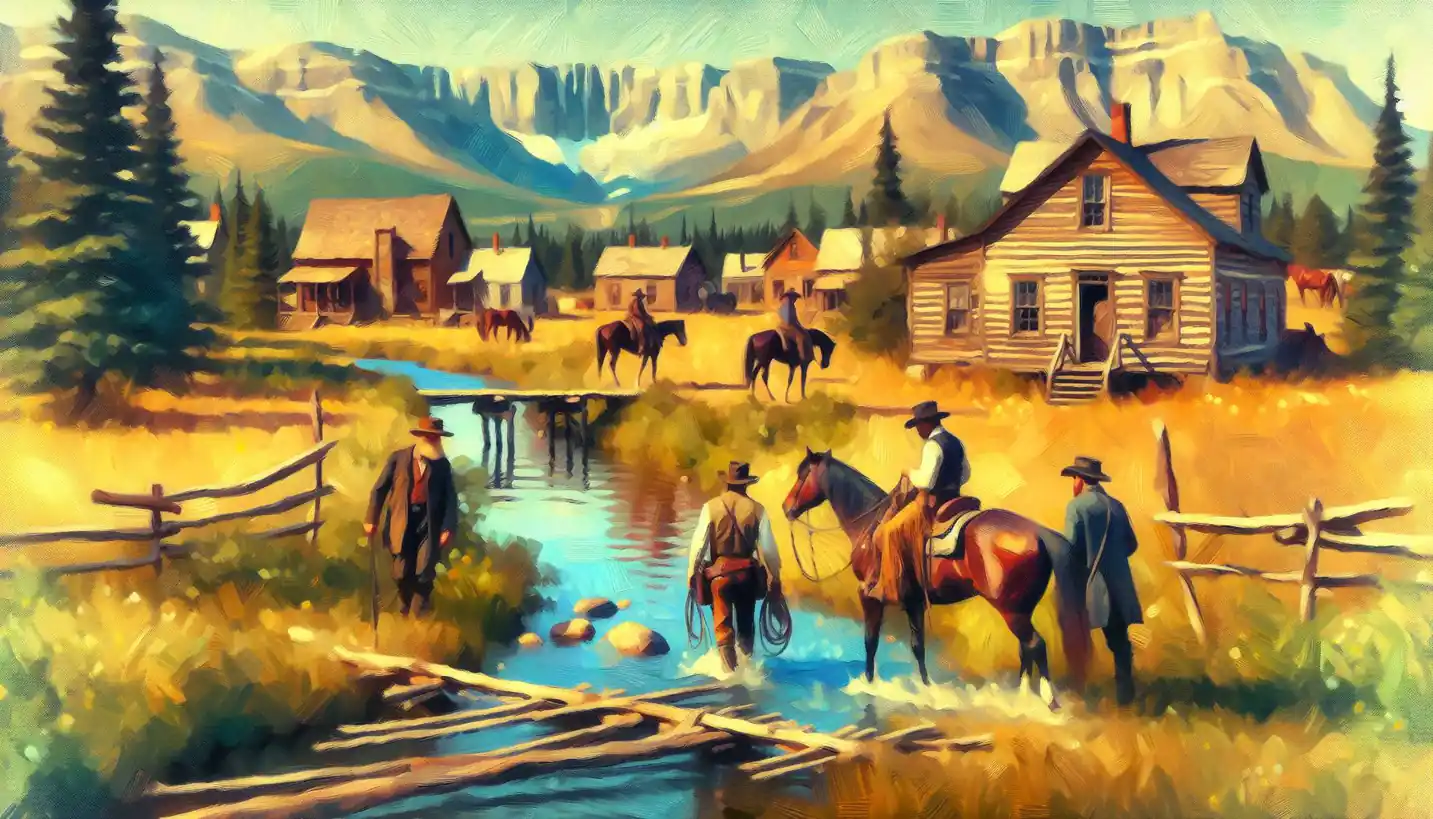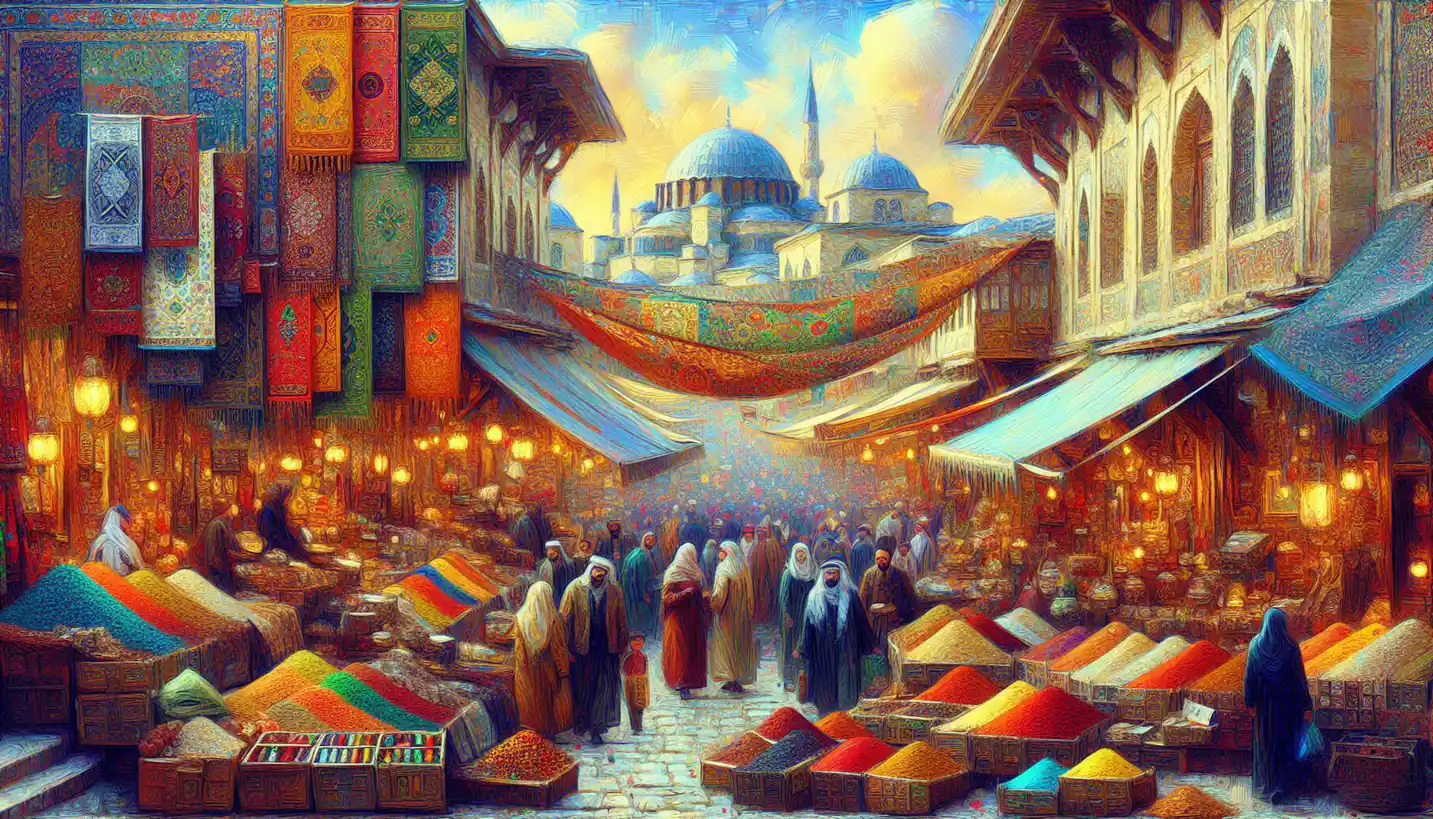· History · 5 min read
Microhistory: How Tiny Details Reveal Big Histories
Microhistory zooms in on small details to uncover big revelations about the past. Discover how examining minute aspects can illuminate broader historical contexts.

When we think about history, we usually imagine grand events, epic battles, or influential leaders shaping the world. But what if we could understand history by looking at the smaller, seemingly insignificant details? That’s where the concept of microhistory comes in. It’s a way of studying the past by zooming in on tiny aspects and understanding how they fit into the larger picture.
Microhistory is like a detective story but with historians as the sleuths. Instead of focusing on broad strokes, it examines the everyday lives of ordinary people, objects, and places. It’s about understanding how these small elements reflect and contribute to broader historical contexts. The key here is the attention to detail, just as the intricate pieces of a jigsaw puzzle reveal a bigger image once assembled.
Let’s dive into how microhistory works and why it’s crucial.
The Origins of Microhistory
Microhistory began gaining traction in the 1970s and 1980s, mainly in Italy, with historians like Carlo Ginzburg leading the way. Ginzburg’s book, “The Cheese and the Worms,” is a classic example. It examined the life of an Italian miller, Menocchio, from the 16th century whose unusual beliefs landed him in the Inquisition’s records. By focusing on Menocchio’s thoughts and experiences, Ginzburg painted a vivid picture of the social and cultural fabric of that time.
Instead of high politics or military conquests, Ginzburg and his contemporaries were interested in the lived experiences of ordinary individuals. They believed that understanding these small narratives could uncover greater truths about historical periods.
Why Microhistory Matters
Microhistory matters because it provides a more nuanced and inclusive historical narrative. Large-scale history can often overlook minority voices or everyday experiences. By focusing on the micro level, historians can uncover stories that might have been neglected, providing richer, more diverse perspectives.
A good metaphor is to think of history as a tapestry. Traditional history might focus on the bold patterns and colors, while microhistory examines every individual thread, showing how each contributes to the whole picture.
Rich Insights from the Past
One of the fascinating aspects of microhistory is that it reveals how ordinary lives intersect with major historical events. For instance, looking at personal letters, diaries, or even court records can provide insights into how people felt about significant changes, such as the Industrial Revolution or political upheavals. A farmer’s account of new machinery or a shopkeeper’s reaction to economic policies can flesh out the understanding of these periods in a deeply personal way.
Methodologies in Microhistory
In terms of method, microhistorians employ various sources like legal documents, letters, parish records, and even objects. These sources, although often limited or fragmented, offer a wealth of information about everyday life, customs, and thought processes of individuals in the past.
This approach requires a critical analysis, piecing together incomplete data to form a coherent narrative—a bit like reconstructing a dinosaur from mere bone fragments. Each small detail, however minor it might seem, is crucial in constructing the larger historical context.
Criticisms and Challenges
Despite its advantages, microhistory does face some criticisms. One of the main challenges is the potential lack of representativeness. Studying a single individual or event doesn’t always mean those findings can be generalized to larger populations or extended regions.
Moreover, the sources available for microhistorical study can sometimes be scarce or biased, leading to interpretations that might not fully capture the truth. Historians must exercise caution to ensure their conclusions are well-supported, not merely speculative.
Fascinating Case Studies
The Return of Martin Guerre
Another famous microhistorical work is “The Return of Martin Guerre” by Natalie Zemon Davis. It explores a case of identity theft in 16th-century France. Martin Guerre disappeared, and an imposter took his place for years, even convincing Martin’s wife. The book examines social identity, personal relationships, and community dynamics, giving a detailed glimpse into the period’s social fabric.
The Great Cat Massacre
Monty Python meets history in Robert Darnton’s study, “The Great Cat Massacre.” It dives into a peculiar event in 1730s France when printing apprentices slaughtered cats. By understanding this bizarre incident, Darnton explored class struggle, urban life, and humor in pre-revolutionary France, providing insights into the broader society of that time.
The Future of Microhistory
Looking ahead, microhistory continues to evolve. With digital archives and online resources, accessing diverse and previously overlooked materials is more feasible. This makes it easier to explore niche areas and amplify marginalized voices, enriching our historical understanding even further.
Microhistory also sparks interest by asking open-ended questions. What can a single family’s genealogy tell us about social mobility? How does a small-town festival reflect economic changes over time? These are the types of inquiries microhistory thrives on.
Importance in the Digital Age
In an age where personal stories and data intertwine in social media and digital platforms, microhistory’s attention to detail can inspire us to think about how our everyday actions will shape the histories of tomorrow. It encourages us to consider our narratives, fostering a deeper connection with our personal past and collective history.
Conclusion: The Big Impact of Small Things
Small can be mighty in the realm of history. By focusing on the minor details and acknowledging ordinary narratives, microhistory gives us a fuller, more textured understanding of the past. It challenges dominant narratives, offers new insights, and embraces the complexity of human experiences.
The next time you think about history, consider this: the grand story of humanity is made up of countless tiny tales, each contributing its unique thread to the tapestry. Through the lens of microhistory, we can appreciate the beauty and intricacy of this weave, understanding how every stitch counts in the grand design.



